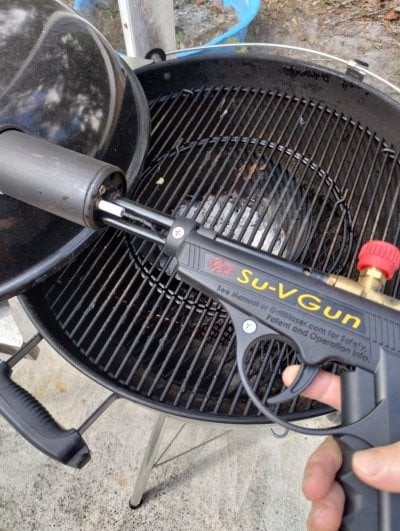- Joined
- Jul 16, 2009
- Messages
- 5,071
- Reaction score
- 8,108
I simply don't agree with that generization, as explained above, whatever units you are comfortable with and whatever is warm touching for you or not.Well then. I didn't include units because some americans get angry seeing metric. But you allowed it
Comfortable warm means ~45°C for me. Touching such a heatsink won't feel uncomfortable for anyone I hope. Anything hotter than 50°C though is actually too hot already for aluminum heatsinks,
I don't wish to argue specific thermal stacks - the point was (is) that touching a heatsink does not tell you anything about the actual thermal management of the devices attached to it. The mass of the heatsink, surface area, volume, fin orientation, passive or active cooling, etc. all determine how fast heat moves away from the target device. In that context I disagree(d) with your generation that a heatsink "too hot to comfortably touch" is too hot for the devices it is protecting.because silica diodes need to transfer heat through several bottlenecks. First from silica die to copper circuitboard. Then thermal paste/glue. Then finally aluminum heatsink. That's why a diode on a 60°C heatsink could already reach toasty 100°C in worst cases.
IN the same fashion (opposite to your statement) a "cool to touch" heatsink does not necessarily mean that the device is being properly thermally managed either. Again, mass, area volume... etc. The heat may not move fast enough from the target device, but the heatsink overall may still be cool to touch.
No need to split hairs here, parse/use the data however you wish - we know the operating range and associated lifespan, lumen performance, etc. based on operating temperature.Manufacturer datasheets don't really recommend any temperature. They just guarantee a certain minimal lifespan for a max temperature
I clearly stated junction temperature, not heatsink or heat spreader. To that end, the document that I linked to, and most other OEMs offer thermal measurement recommendations to measure overall die temperature.LED diodes do. The 105°C from your Datasheet is measured directly from the silica. Not copper heatspreader nor heatsink. They are much colder. The Silica in lot of lights is probably reaching over 130°C which destroys them prematurely, while their heatsinks are just hot to the touch.
At any rate, more back and forth is tilting at windmills. I don't agree with your generalization and explained why, with data and am going to move on from the conversation.

























